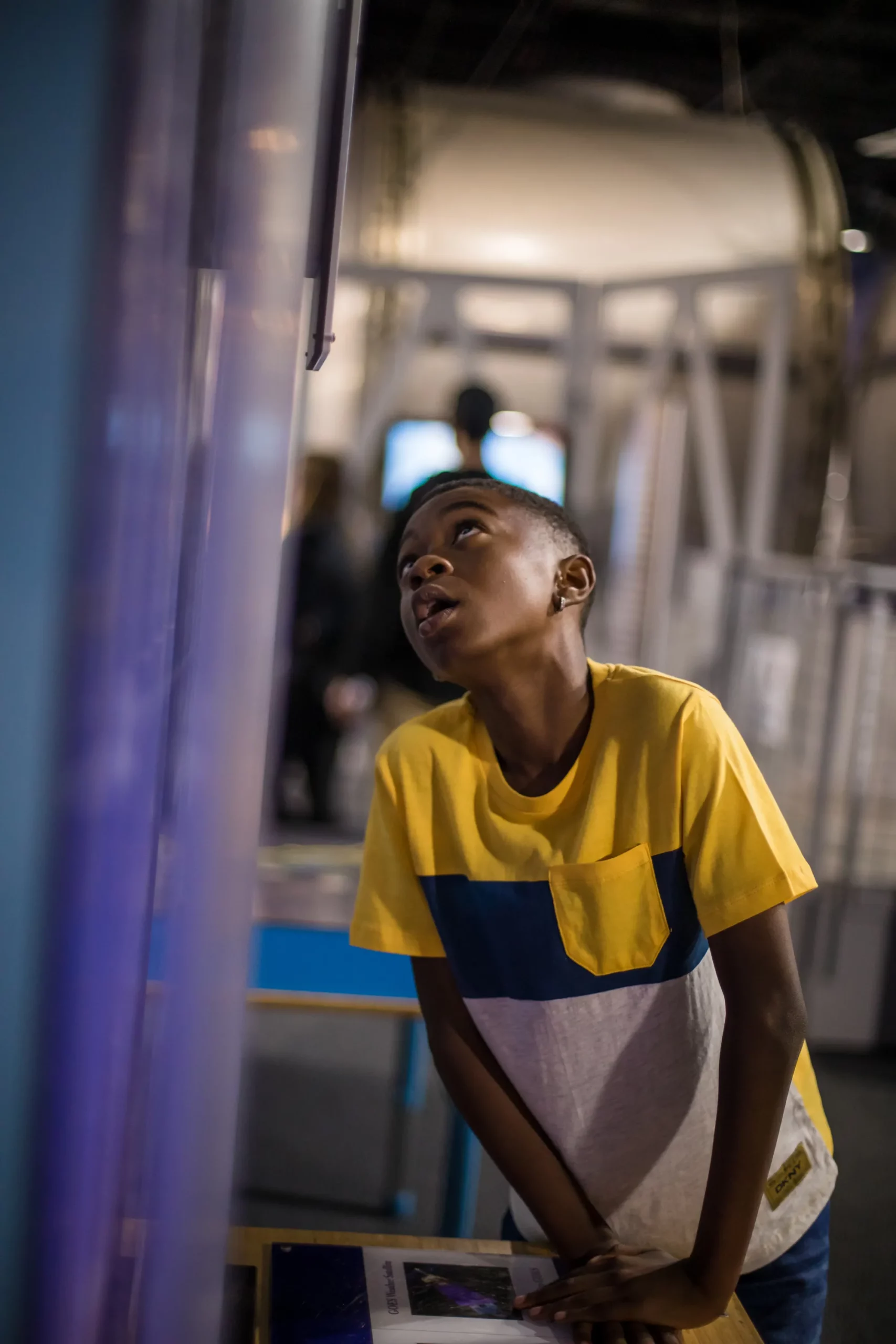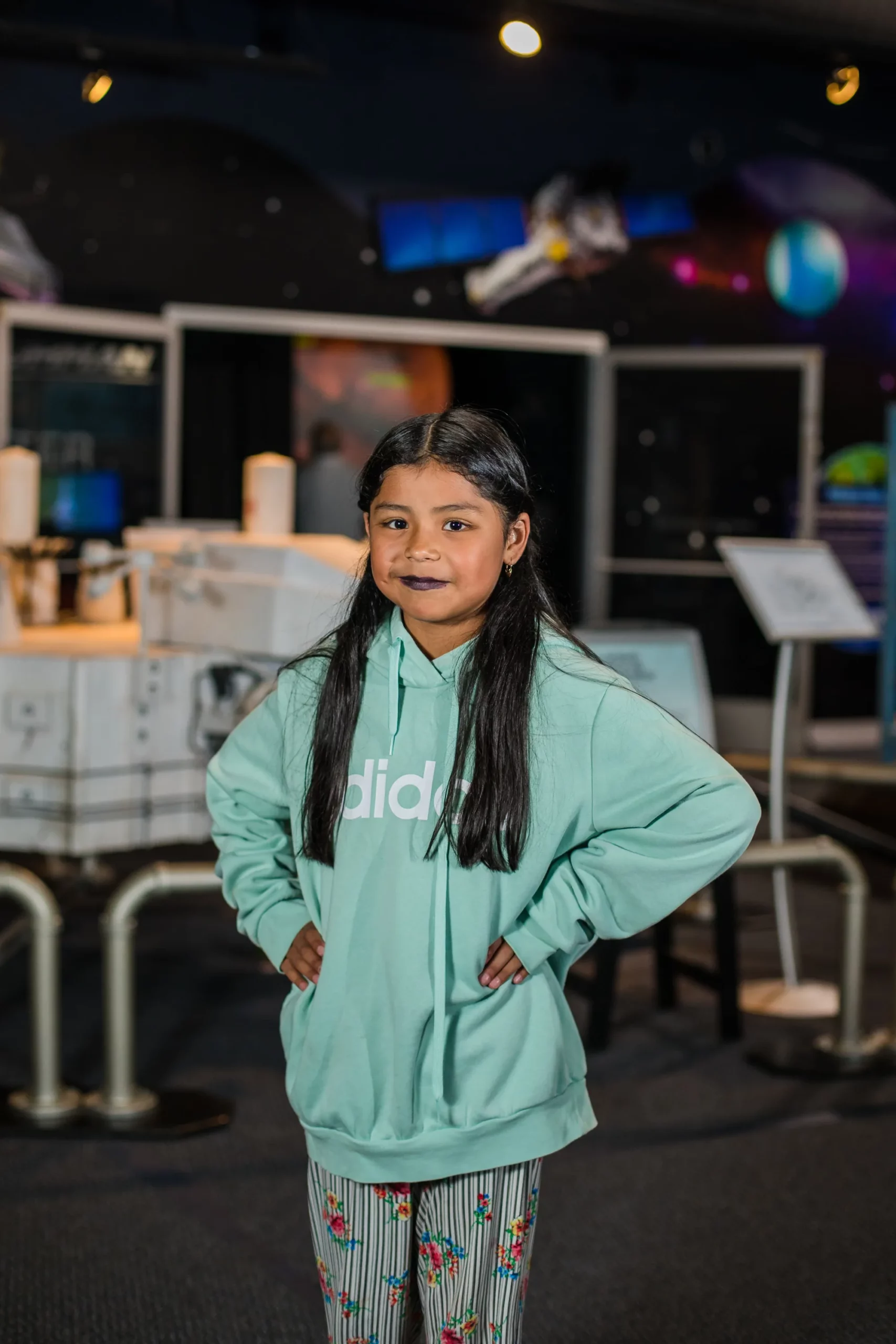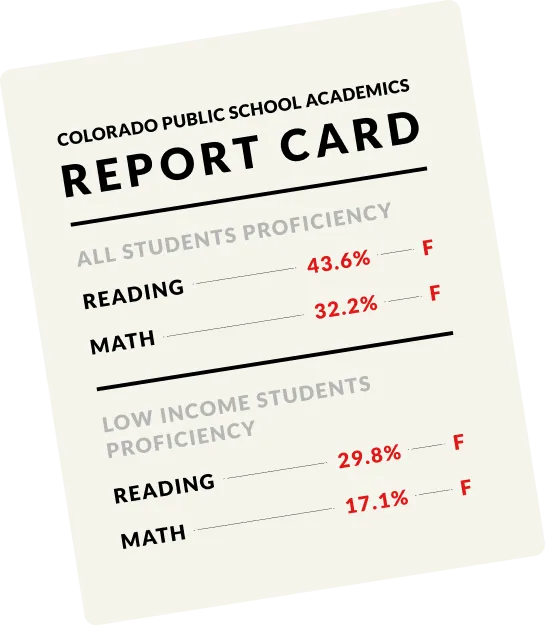





We see a tomorrow where All children have access to a quality education that meets their individual needs
and prepares them to be productive, contributing citizens.
The Problem
For many years, less than half of Colorado students met grade-level reading standards, and only a third met math standards. Minority communities fared so much worse.
Educational failure is at historic levels for students from low-income families who are trapped in Colorado’s poorest-performing public schools – the perfect storm – children assigned to under-performing schools with no way out… systemically sustaining the cycle of poverty.
Our Mission is the Solution
Parents Challenge disrupts the legacy of educational failure by empowering parents. We provide our families with information, training, mentoring, tools, and financial resources to equip them to choose the education they think best for their children.
Choice and freedom are enshrined in virtually all aspects of American society. Why not in education, especially for low-income families, for whom education offers the greatest hope for economic advancement?
test



All children have the right to be educated
Parents know what is best for their children
Schools must be accountable to the children and their parents
Empowering parents with “choice” means a better education for all
Parents must be engaged in the education of their children
Most importantly, we are committed to making these beliefs real and available to families in Colorado Springs and, ultimately, across the country.
-
 Giving parents the tools to help their daughters and sons succeed – and a voice in where they go to school – is a powerful formula for success. That is the secret sauce that makes Parents Challenge so effective.Dick CelesteFormer Governor of Ohio | Former President of Colorado College | Board of Directors for Battelle for Kids
Giving parents the tools to help their daughters and sons succeed – and a voice in where they go to school – is a powerful formula for success. That is the secret sauce that makes Parents Challenge so effective.Dick CelesteFormer Governor of Ohio | Former President of Colorado College | Board of Directors for Battelle for Kids -
 Parents Challenge has been working with parents to put scholars on a trajectory for success. I applaud them for reaching over 2000 scholars in Colorado Springs with the support that will help them to reach their full potential.Michael F. BennetU.S. Senator
Parents Challenge has been working with parents to put scholars on a trajectory for success. I applaud them for reaching over 2000 scholars in Colorado Springs with the support that will help them to reach their full potential.Michael F. BennetU.S. Senator -
 Parents Challenge provides quality education for low-income students, a life-changing opportunity for those who might not otherwise have a chance for a good life. Parents Challenge is great; the gold standard of community activism and service.Late William L. ArmstrongFormer U.S. Senator | President of Colorado Christian University
Parents Challenge provides quality education for low-income students, a life-changing opportunity for those who might not otherwise have a chance for a good life. Parents Challenge is great; the gold standard of community activism and service.Late William L. ArmstrongFormer U.S. Senator | President of Colorado Christian University -
 Congratulations to Parents Challenge, an organization that is empowering parents with the tools and resources to help them choose what is best for their children.Steve BachFormer Mayor of Colorado Springs
Congratulations to Parents Challenge, an organization that is empowering parents with the tools and resources to help them choose what is best for their children.Steve BachFormer Mayor of Colorado Springs -
 Parents Challenge helps parents engage their child’s school. The organization empowers parents to learn more about quality schools and also guides them in fulfilling their responsibilities as parents. The Harrison School District is happy to work with such a partner in transforming education for our community.Mike MilesFormer Superintendent of Harrison School District 2
Parents Challenge helps parents engage their child’s school. The organization empowers parents to learn more about quality schools and also guides them in fulfilling their responsibilities as parents. The Harrison School District is happy to work with such a partner in transforming education for our community.Mike MilesFormer Superintendent of Harrison School District 2 -
 It is clear that when parents know what is really going on at their kids’ schools, they become more engaged and active. That is key to changing the education system for poor kids.Steve SchuckCEO Schuck Corporation
It is clear that when parents know what is really going on at their kids’ schools, they become more engaged and active. That is key to changing the education system for poor kids.Steve SchuckCEO Schuck Corporation
Having helped nearly 4,000 low-income students over the past twenty years, Parents Challenge is committed to expanding those opportunities for many more students and parents in the Pikes Peak region, but we need your help! Please consider getting involved.


